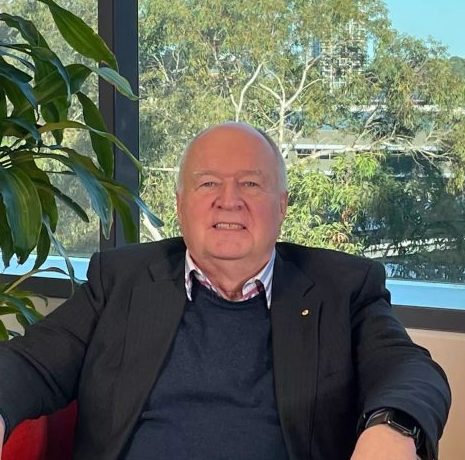Dr Winchana Srivilaithon
We believe that the emergency rooms, whether in a medical school or in a large hospital, are likely to face the same issue – too many patients waiting for an extended period of time. Some patients wait for blood to be drawn, and some may have to wait for further examinations or treatments. This is due to the insufficient number of beds in the wards, and this problem is known as “Emergency Department Overcrowding”. We examined data from our Thammasat Hospital in 2015, and found that patients, who stayed in the emergency room for more than 4 hours, would experience unsatisfactory outcomes. In other words, patients who stay for a longer time will experience a worse outcome, relative to those who have spent less time there. We found that about 14% of the ED overcrowding constituted patients suspected of having cardiovascular disease. We can definitely say that patients with Acute Coronary Syndrome were among those who were waiting. In the past, it took at least 4 hours for us to tell if a patient had a myocardial infarction or myocardial injury, and with that, only about 6% of patients were able to be discharged from the ER. Indeed, we are considering how we can do better, and improve patient management, by faster diagnosis, faster discharge, and more number of patients discharged.
For the real benefits of the (0h/1h) algorithm, we currently have no solid data. However, we do expect that it will allow patients to go back home faster, and enable quicker identification of the severity of the disease. These will be beneficial, as a reduction in the patient load in the emergency room will allow emergency workers more time to take care of the severe patients who might need urgent treatment.
Dr Pisit Hutayanon
Considering that the number of patients entering the emergency room each day is significantly large, it is inevitable to have a high workload. Each patient who comes in is quite severe. Currently, we acknowledge that high sensitivity cardiac troponin T can provide cut-off points and support faster diagnosis of patients. In the past, waiting for the interpretation of cardiac troponin would take around 3 to 6 hours. Now we are able to look at the 1-hour delta change, and it is accurate enough to help with a diagnosis. Therefore, if we can change the time to diagnosis of patients from the several hours previously, down to only 1 hour, we will be able to diagnose patients faster.
This will also benefit the doctors. If there is no change in the blood test of high sensitivity cardiac troponin T, the hypothesis that the patient may have coronary artery disease may not hold true. In such cases, the doctors can quickly focus their attention or find other causes that might explain the patient’s condition, instead of waiting another 2 to 3 hours, before moving on to do the differential diagnosis, to rule out other non-cardiac causes. For an emergency room, the faster the patient is diagnosed, the faster the disposition and the appropriate treatment initiation, such as in a Cath lab or admission to a special ward for heart disease. This will then result in reducing the workload of emergency physicians and their ED professionals, giving them more time to look after other seriously ill patients. In my opinion, this will provide a positive impact on doctors, patients, and the overall patient care system.



















